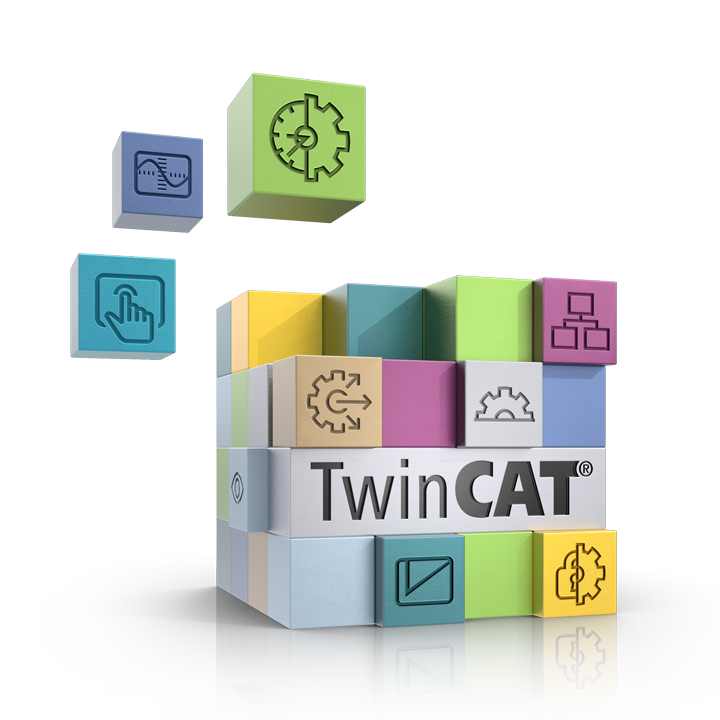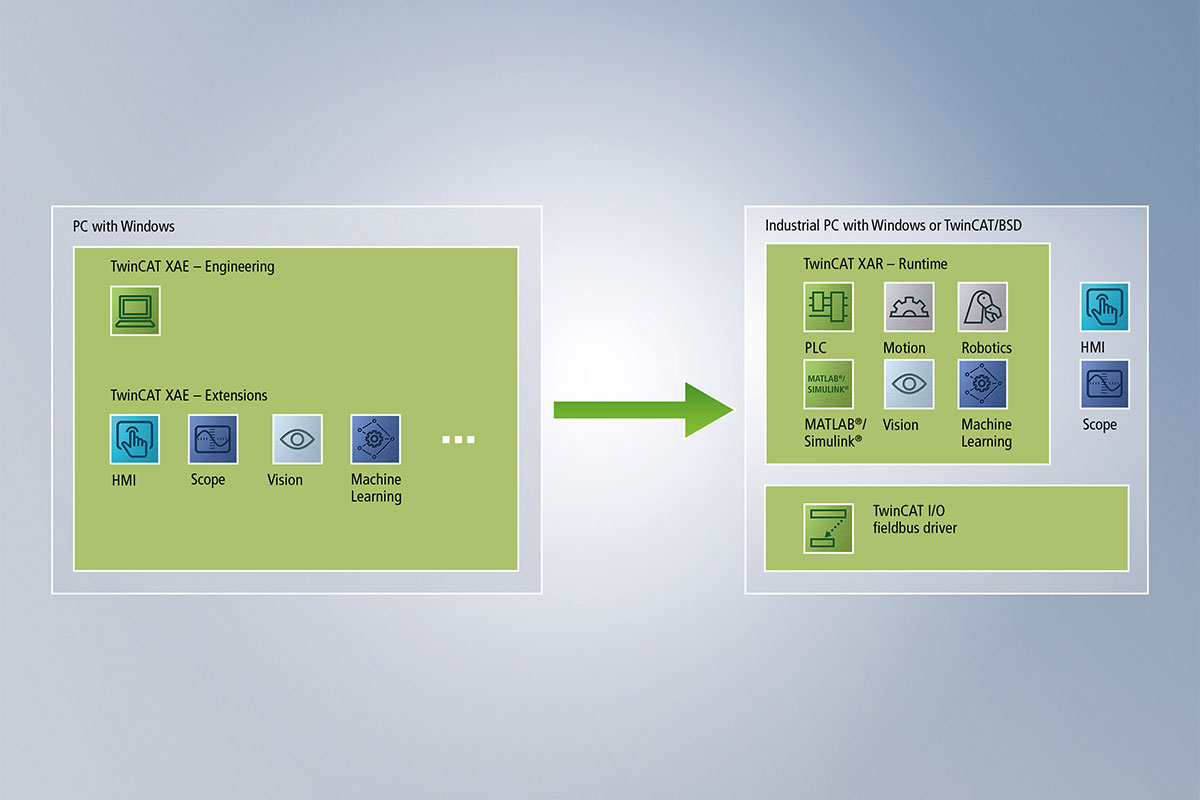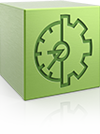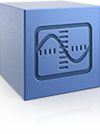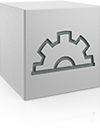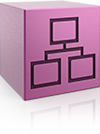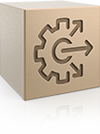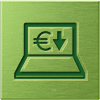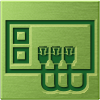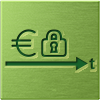Products
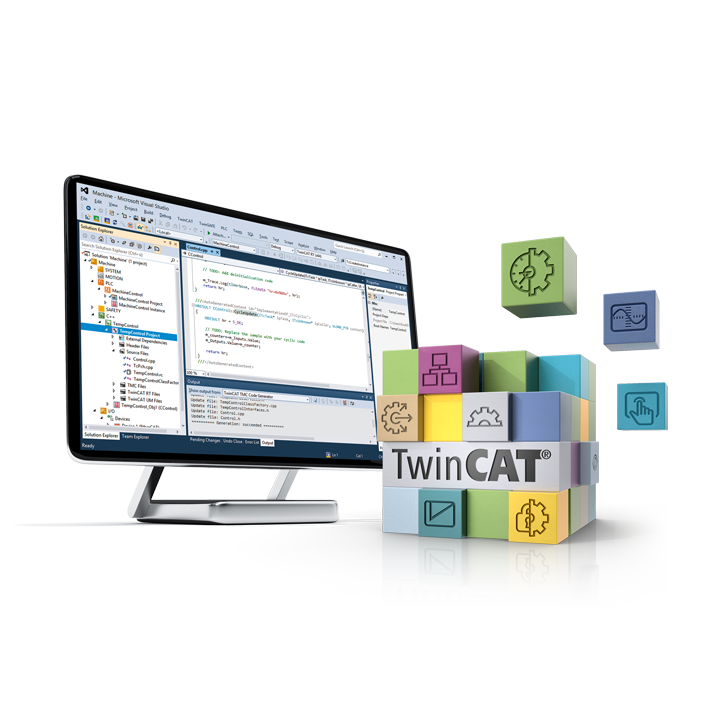
TExxxx | TwinCAT 3 Engineering
The TwinCAT 3 engineering components enable the configuration, programming and debugging of applications.
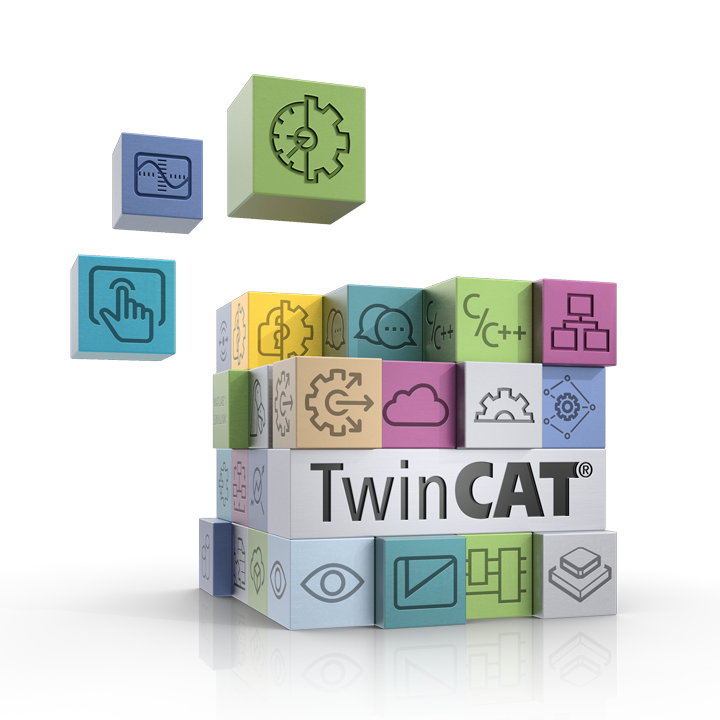
TFxxxx | TwinCAT 3 Functions
The basic components can be extended by TwinCAT 3 functions. The functions are classified into various categories. e.g. motion control, measurement technology, control technology and communication.
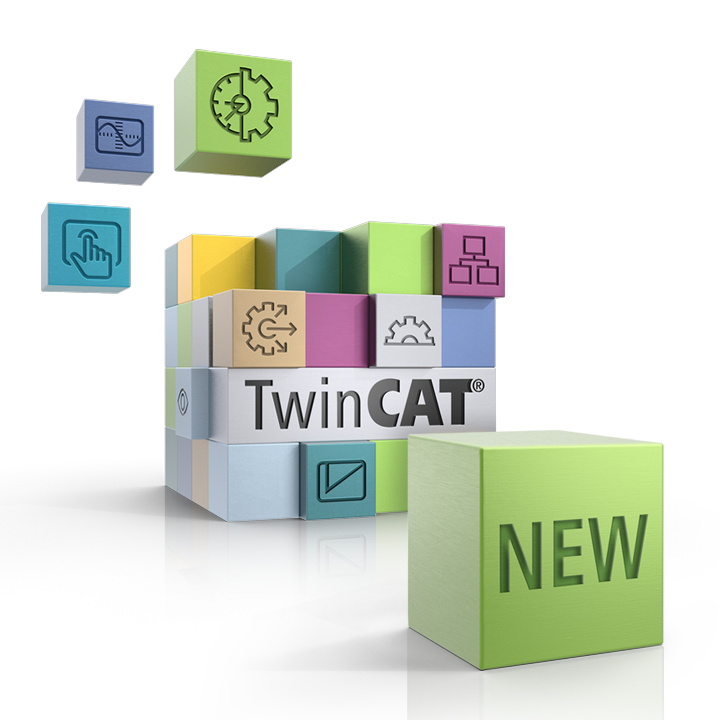
TwinCAT 3 | Build 4026
More flexibility in automation development through modularity and extensions
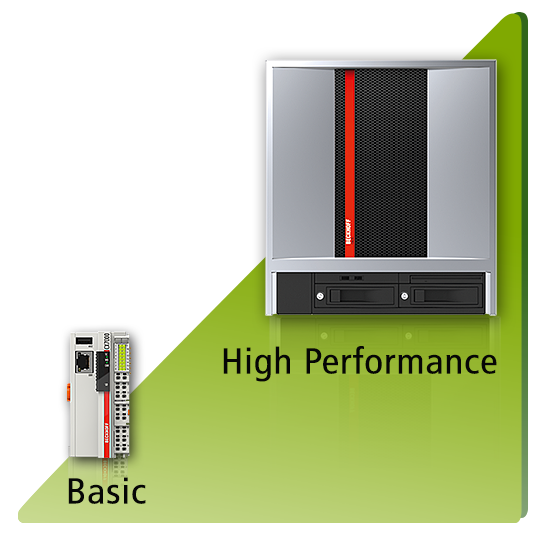
TwinCAT 3 | Platform levels
The TwinCAT 3 runtime components are available for different platform levels. The platform levels correspond to the various TwinCAT 3 platform levels of the Beckhoff PCs.
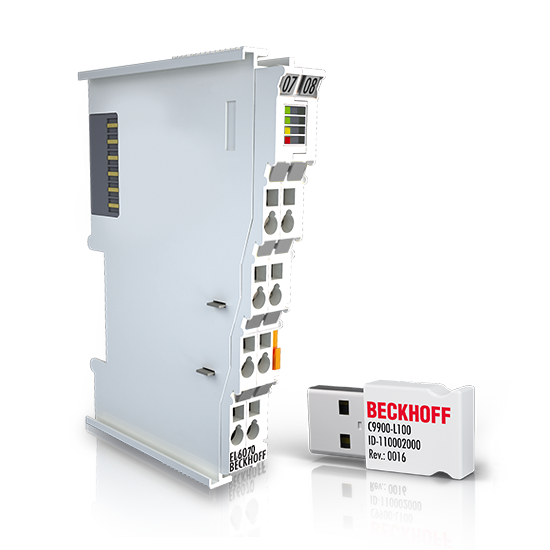
TwinCAT 3 | Licensing
TwinCAT 3.1 offers the option of using a TwinCAT 3 license key (license dongle) for licensing.
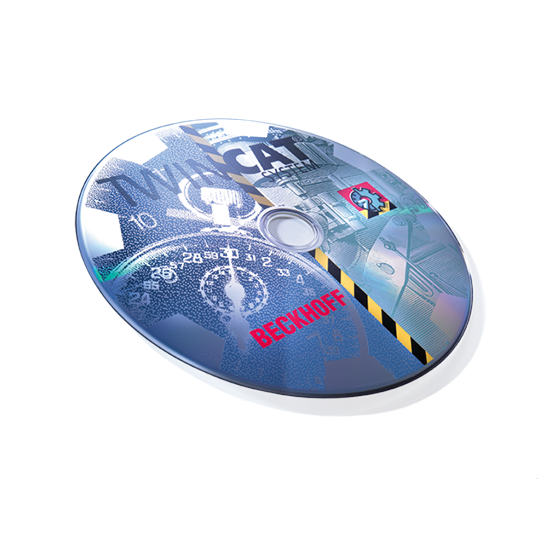
TXxxxx | TwinCAT 2 Base
TwinCAT 2 Base consists of runtime systems for the real-time execution of control programs and development environments for programming, configuration and diagnostics.
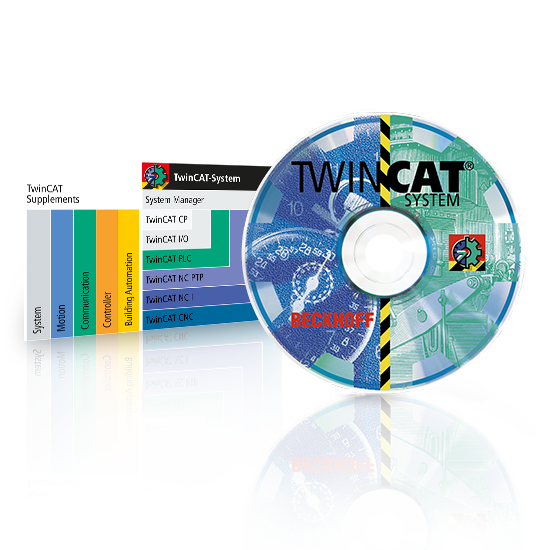
TSxxxx | TwinCAT 2 Supplements
The TwinCAT 2 Supplements can be used for the individual addition of functions to the TwinCAT 2 Base components.
The world of TwinCAT: Open, PC-based control technology
When Beckhoff launched its PC-based control technology, it created a global standard for automation. In terms of software, the core of the control system has taken the form of The Windows Control and Automation Technology – or TwinCAT – automation suite since 1996. In combination with TwinCAT, the Beckhoff portfolio results in optimally coordinated automation concepts that fulfill the basic principles of an open and highly scalable control system.
TwinCAT transforms almost any PC-based system into a real-time control complete with multiple PLC, NC, CNC, and/or robotics runtime systems. The possibility of modular extensions means functional changes and additions can be made at any time. If required, the openness of the control system allows not only the integration of third-party components, but also customized retrofit solutions for existing machines and systems. This ensures flexibility and investment protection for the customer.

TwinCAT has been shaping the world of automation since 1996, with TwinCAT 3 now already in its third generation.

Free choice of CPU, long-term support of several relevant operating systems, open interfaces – including to third-party tools – and support of all common fieldbus systems.

Comprehensive diagnostics on factors including temperature and hard disk condition at any time.

TwinCAT – the control software that optimally corresponds to the high-performance EtherCAT fieldbus developed by Beckhoff.

As a specialist in PC-based control, Beckhoff keeps its development expertise within the company itself.
TwinCAT 3: The flexible software solution for PC-based control
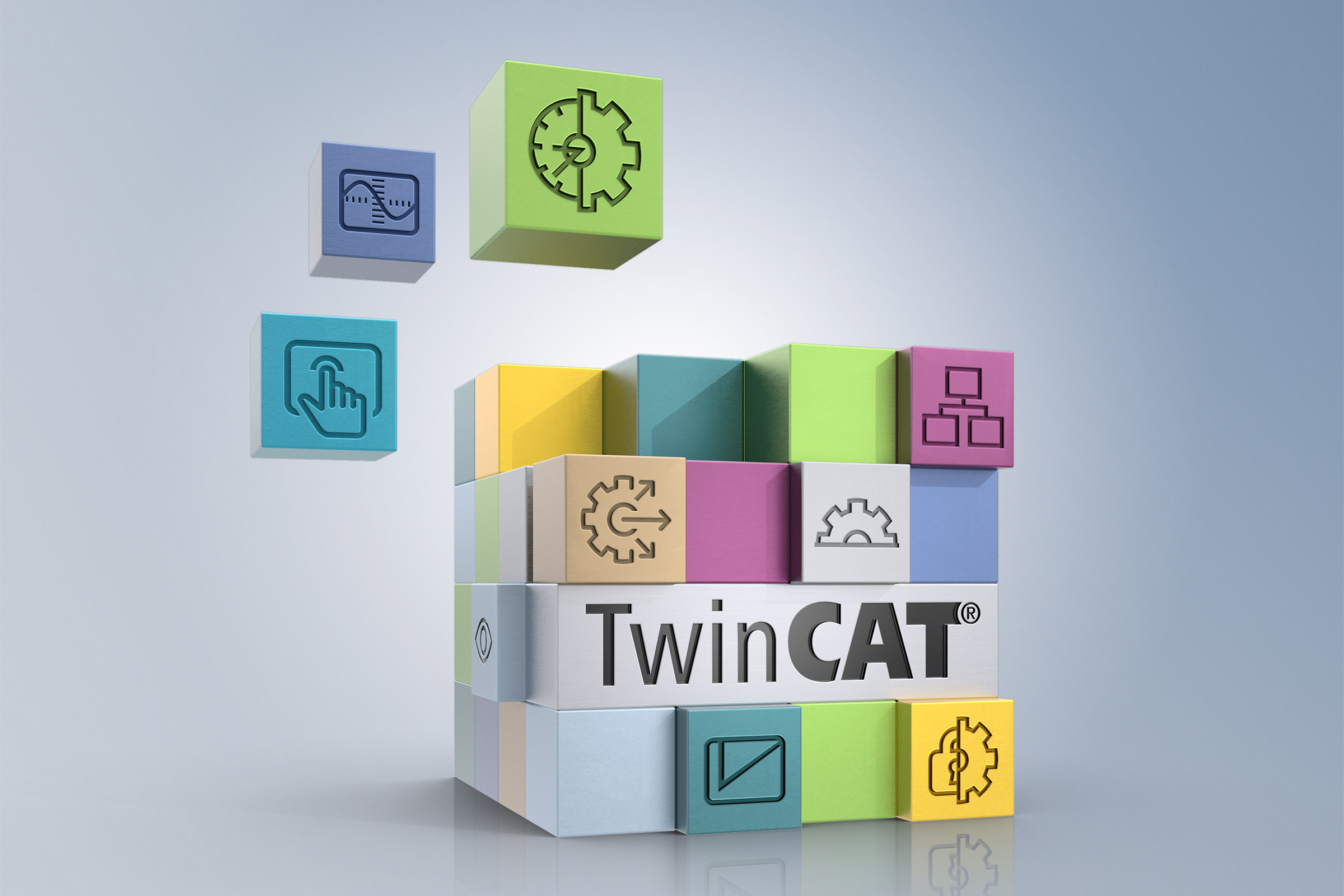
With TwinCAT 3, the latest version of the software, the Beckhoff portfolio results in optimally coordinated automation concepts that fulfill the basic principles of an open and highly scalable control system.
TwinCAT 3 follows on logically from TwinCAT 2 as the latest development in the series, which is already redefining the world of automation technology as we know it. The way the complete control intelligence is implemented on a single software platform, divided into engineering and runtime, still represents the basis of the system.
What’s more, both engineering and runtime can be flexibly extended by application-specific software modules, known as Functions, so that the TwinCAT system can be perfectly adapted to suit individual requirements.
